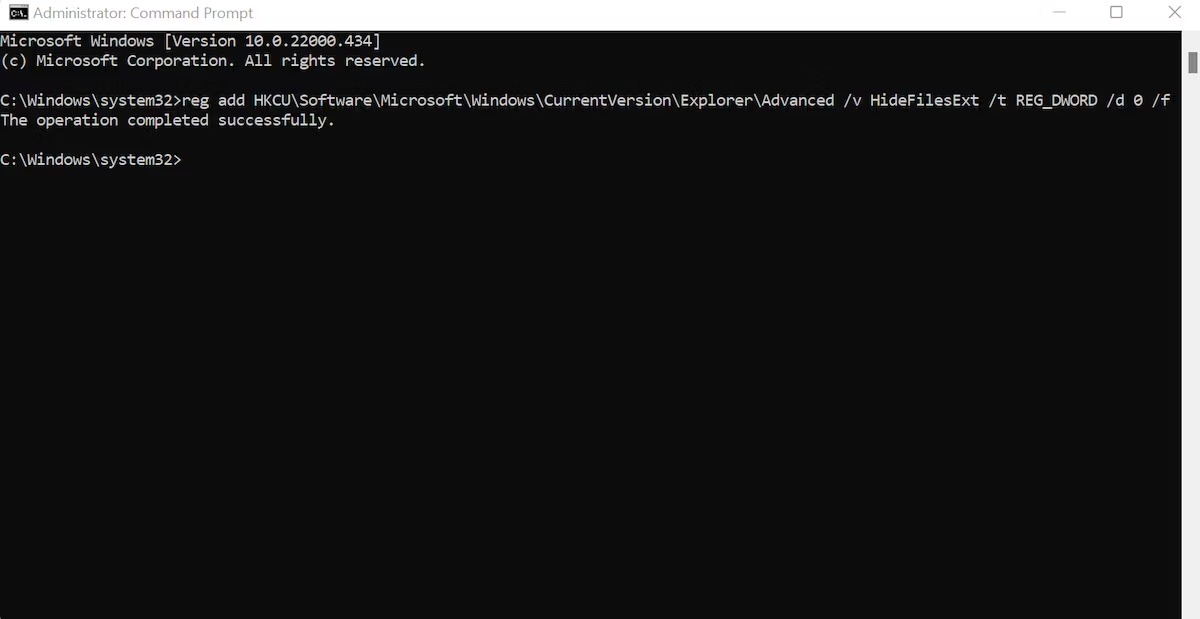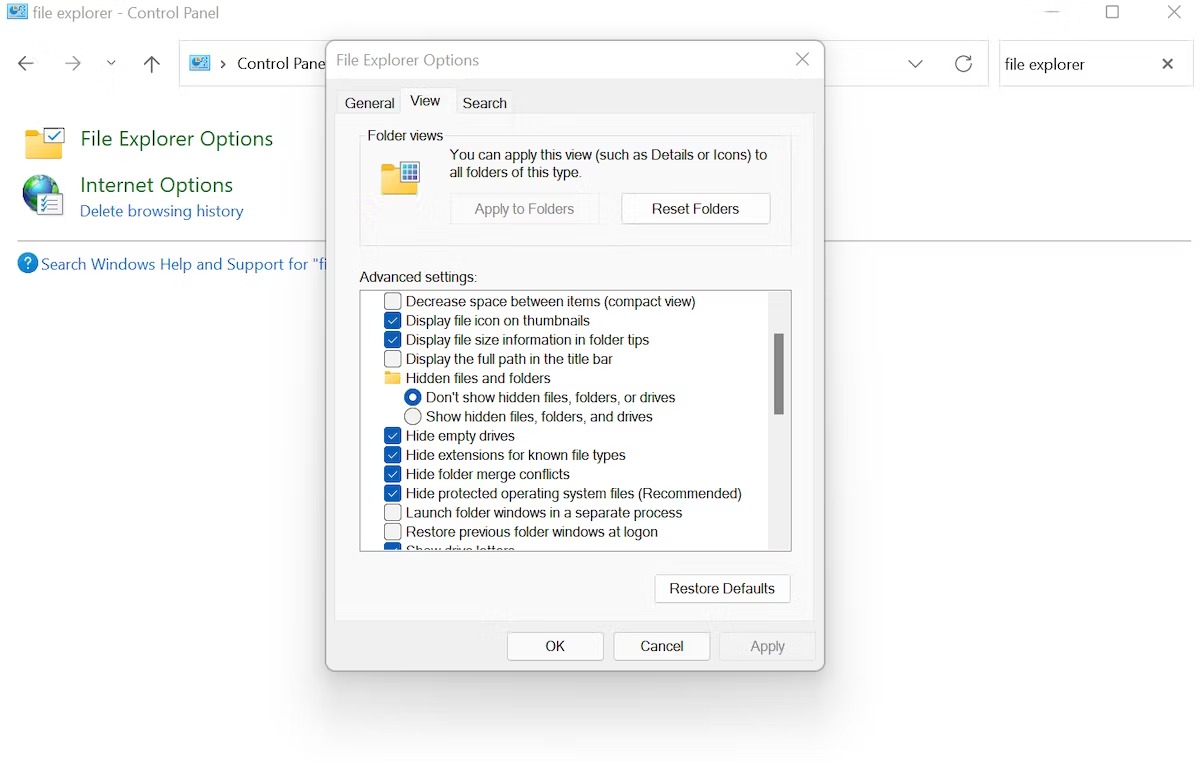Three Ways to Display File Extension in Windows 11
If You Cannot View And Edit File Extensions In Windows 11, It Is Because The Option To Show Extensions Is Not Enabled By Default, And You Need To Enable It.
The file extension specifies the type (format) of the file you are dealing with. It helps the operating system identify programs supporting a particular file format. When a user clicks the file, it opens with the specified program. While the file extension determines which program opens the file, it also sets its icon.
By default, Windows does not display the extension of recognizable file types in the file name; therefore, the file format cannot be recognized, or its extension can be changed. If you haven’t installed a program that can open a specific file format, Windows will treat this file as unknown until you install the required program.
If you ever need to change the file extension (for example, a file that can be opened in compressed archive format), you should turn on the option to show the file format in Windows. This article describes three ways to do this on Windows 11.
View file extension with File Explorer
File Explorer is a Windows component that lets you access and manage personal files. You can use File Explorer to display file extensions on your computer. To do this, follow the steps below :
- Open File Explorer.
- Click View from the top tabs.
- Place your mouse pointer on Show and then select File name extensions.

- When you click on File name extensions, you will see the extensions of all the files.
Display file extension using the command line
- To view the file extension with Command Prompt, go to the Start menu’s search bar and type cmd.
- Once the command prompt is launched, type the following command and press Enter:
reg add HKCU\Software\Microsoft\Windows\CurrentVersion\Explorer\Advanced /v HideFileExt /t REG_DWORD /d 0 /f

View file extension in File Explorer settings
- Open Control Panel. In the search bar in the upper right corner, type the file explorer option and select it.
- Now select the View tab.
Go to the Files and Folders section in Advanced Settings, then clear the Hide extensions for known file types checkbox.
- Finally, click OK to save your settings.

Once you complete the steps above, all hidden extensions on your PC will reappear. We hope the methods mentioned in this article have helped you display the file extension in Windows 11.
FAQ
How do you show file extensions using File Explorer?
Open File Explorer, go to View > Show > File name extensions to enable them.
Can file extensions be shown through Folder Options?
Yes, open Folder Options, view the View tab, and uncheck “Hide extensions for known file types.”
Is there a quick keyboard method to find the setting?
Use Alt + V in File Explorer to open View options quickly and enable file extensions.
